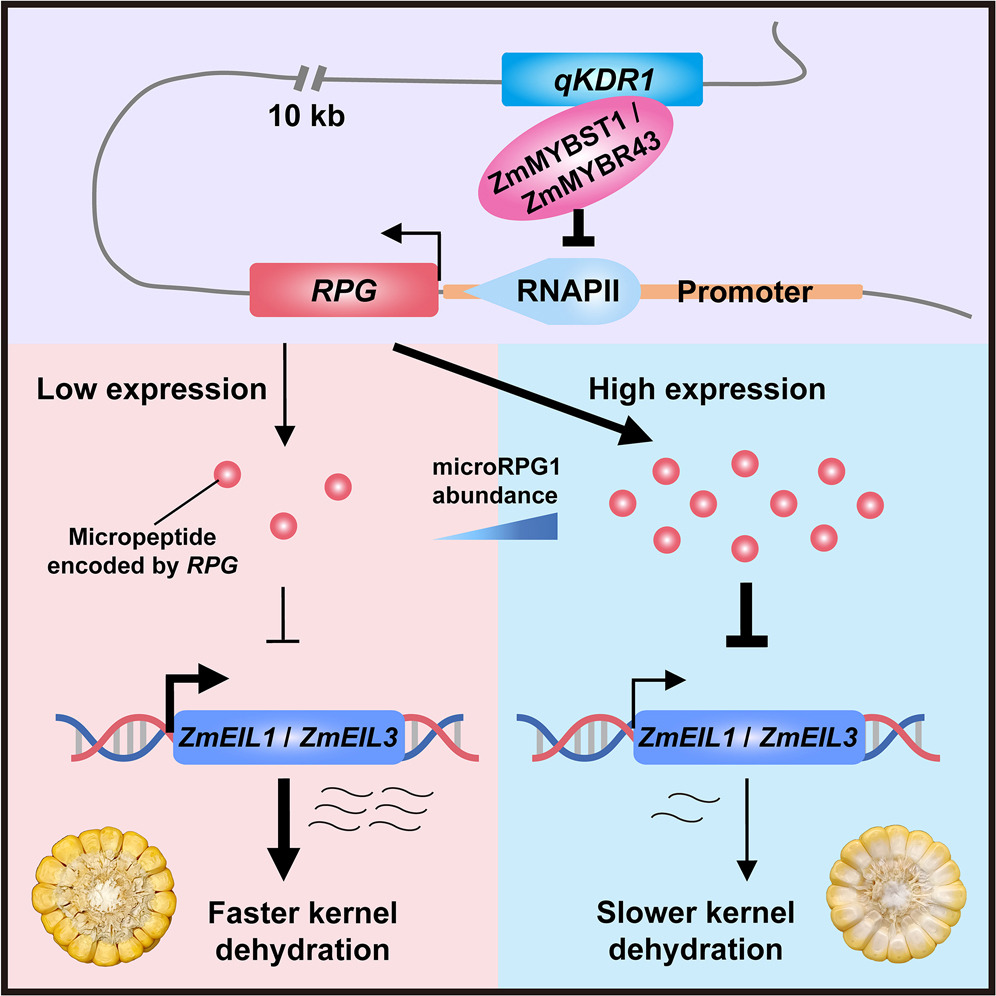
A novel micropeptide regulates kernel dehydration in maize through ethylene signaling
Plant Science Research WeeklyKernel dehydration rate (KDR) is a critical factor affecting mechanized maize harvesting and kernel quality. Despite its agricultural importance, the molecular mechanisms regulating KDR remain unclear. Previous studies have identified several QTLs controlling KDR, but their functional characterization…
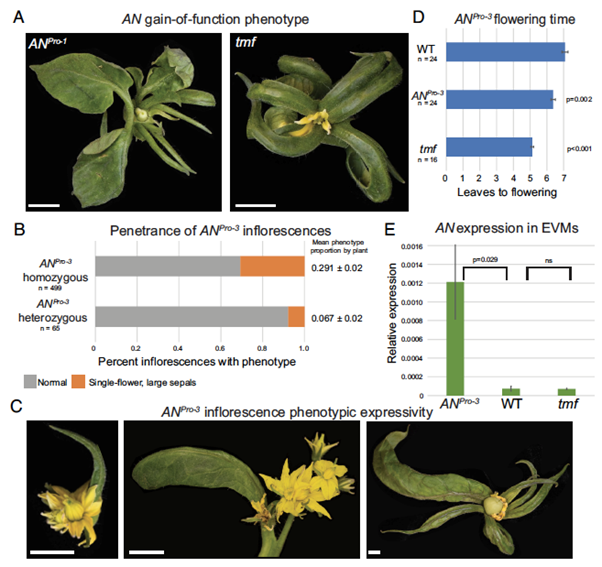
Developmental robustness from antagonizing cis-elements
Plant Science Research WeeklyDevelopmental transitions in plants are tightly regulated by transcriptional networks that require fine-tuned temporal and spatial control, with noncoding sequences in gene promoters playing a key role. The conserved transcriptional regulator UNUSUAL FLORAL ORGANS (UFO) is essential for floral development.…
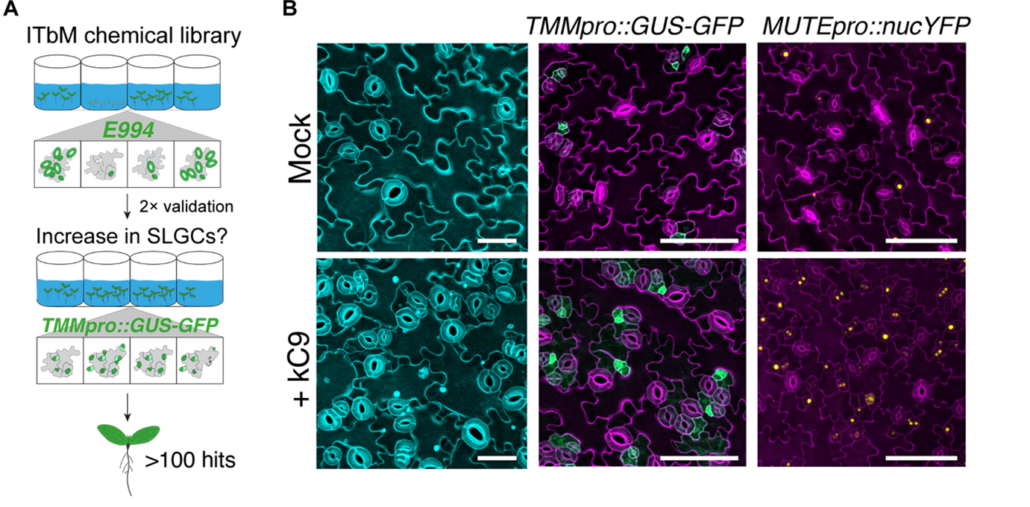
Finding balance: How plants achieve signal specificity in stomatal development and defense
Plant Science Research WeeklyPlants need to develop and grow within their environment whilst defending themselves against potential external threats. There are limited resources for these energy-intensive processes and so cross-talk is common between the signalling pathways to find balance between growth and defence. Hermann et…
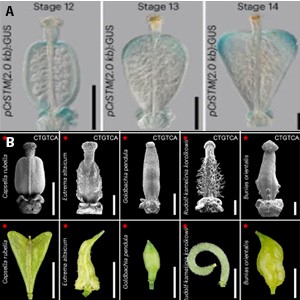
Capsella rubella: My Fruity Valentine
Blog, Plant Science Research WeeklyMost shapes in plant organs are pre-determined at the primordial stage and from this point, growth will establish and maintain this shape. Rarely will re-shaping of an organ occur post-organogenesis. However, Hu et al. describe a notable exception in Capsella rubella, a close relative of Arabidopsis…
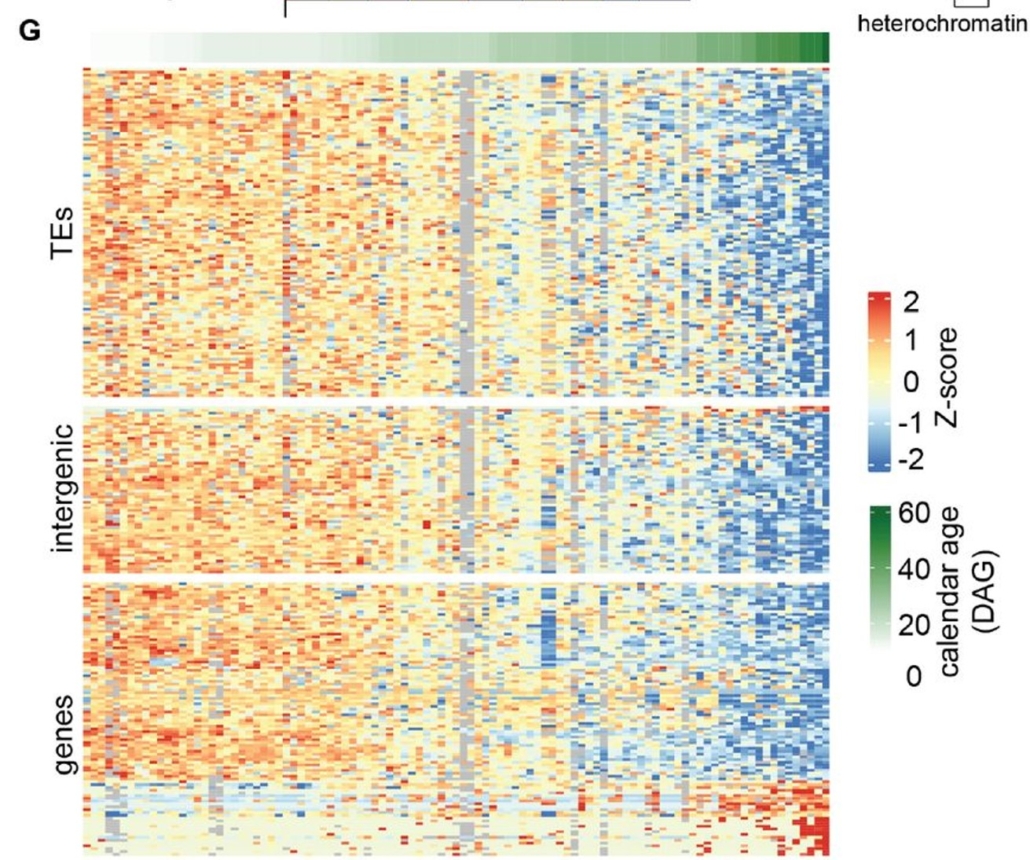
Epigenetic clocks in plants: uncovering DNA methylation decay in aging
Plant Science Research WeeklyWhat if plants could teach us about aging? Understanding how and why living organisms age is a fundamental question in biology and medicine. While most research focuses on humans, the model plant Arabidopsis thaliana offers unique insights into how organisms age. In a recent study, Dai et al. analyzed…
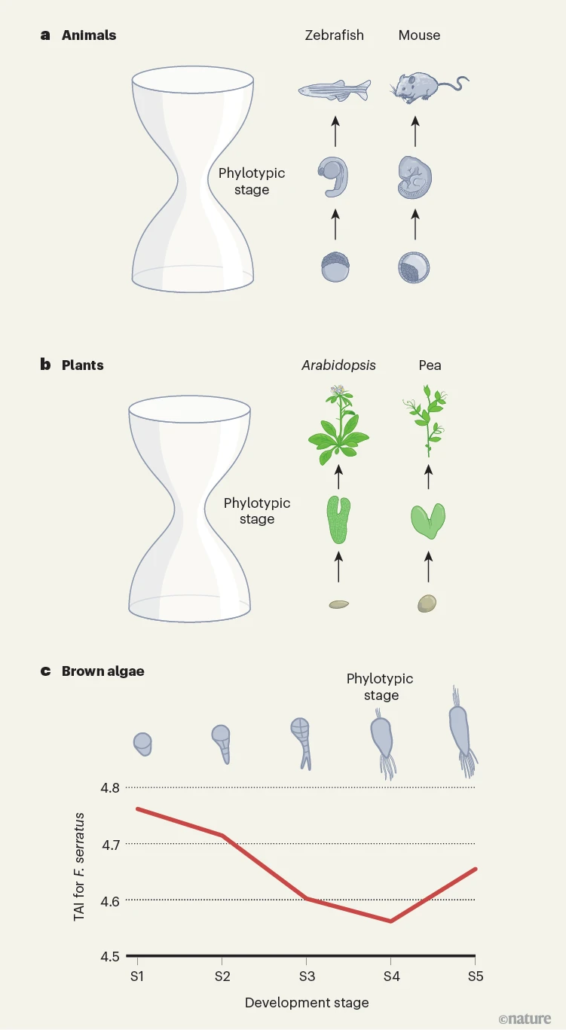
The ”hourglass” model of embryogenesis extends to brown algae
Plant Science Research WeeklyThe hourglass model of embryogenesis was proposed in the 1990s, and extended to green plants and fungi in the 2010s. During animal embryogenesis, the very earliest stages (post fertilization) are morphologically quite different from each other, and the later stages are quite different, but in the middle…
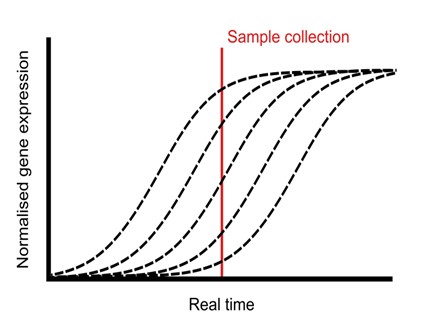
Single-plant omics provides transcriptional insights into the transition from the vegetative to reproductive phases
Plant Science Research WeeklyPlants undergo a series of physiological processes when transitioning from the juvenile to the vegetative phase, and then vegetative to the reproductive phase. RNA-Seq offers substantial potential for uncovering the transcriptional landscape underlying these developmental transitions. However, developmental…
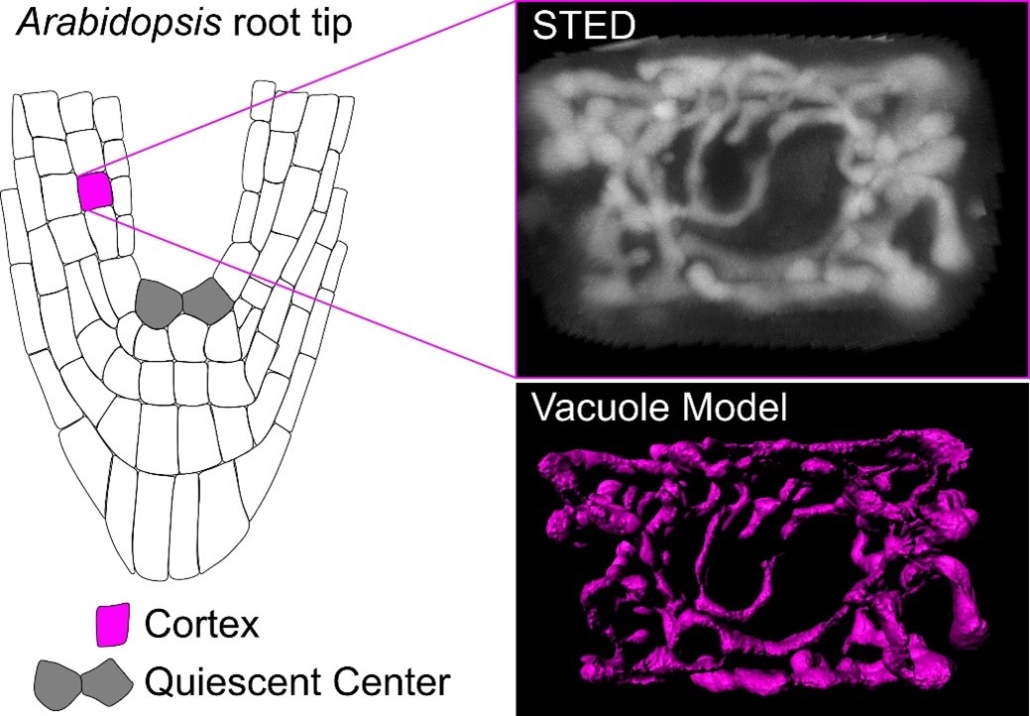
Unveiling vacuole biogenesis: Tubular networks are present in plant meristem cells
Plant Science Research WeeklyA recent paper by Scheuring and colleagues investigates vacuole biogenesis in meristematic cells of Arabidopsis thaliana, challenging earlier models of vacuole formation. Vacuoles are crucial organelles responsible for various cellular functions, yet their formation has remained puzzling for quite some…
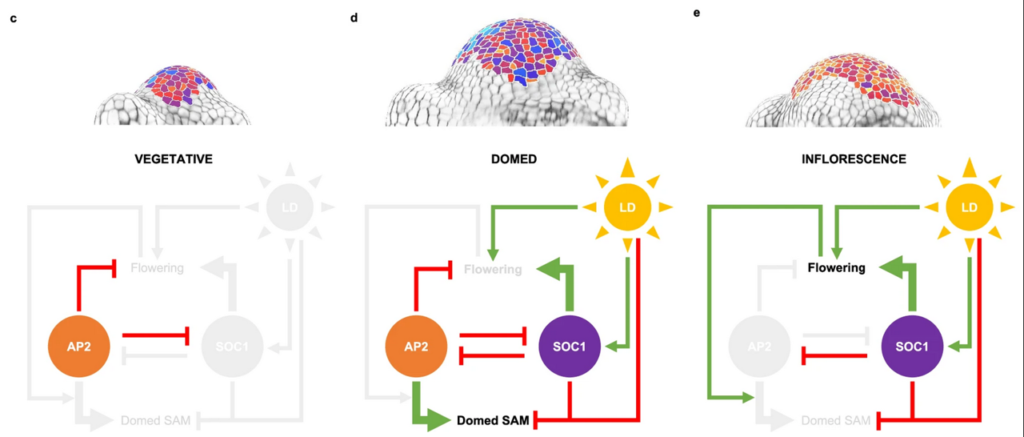
APETALA2 coordinates shoot apical meristem shape and identity during floral transition
Plant Science Research WeeklyThe study by Bertran Garcia de Olalla et al. investigated the role of the APETALA2 (AP2) transcription factor in Arabidopsis, particularly its influence on the shoot apical meristem (SAM) during the transition from vegetative to reproductive growth. AP2 is essential for the rapid increase in SAM height…

